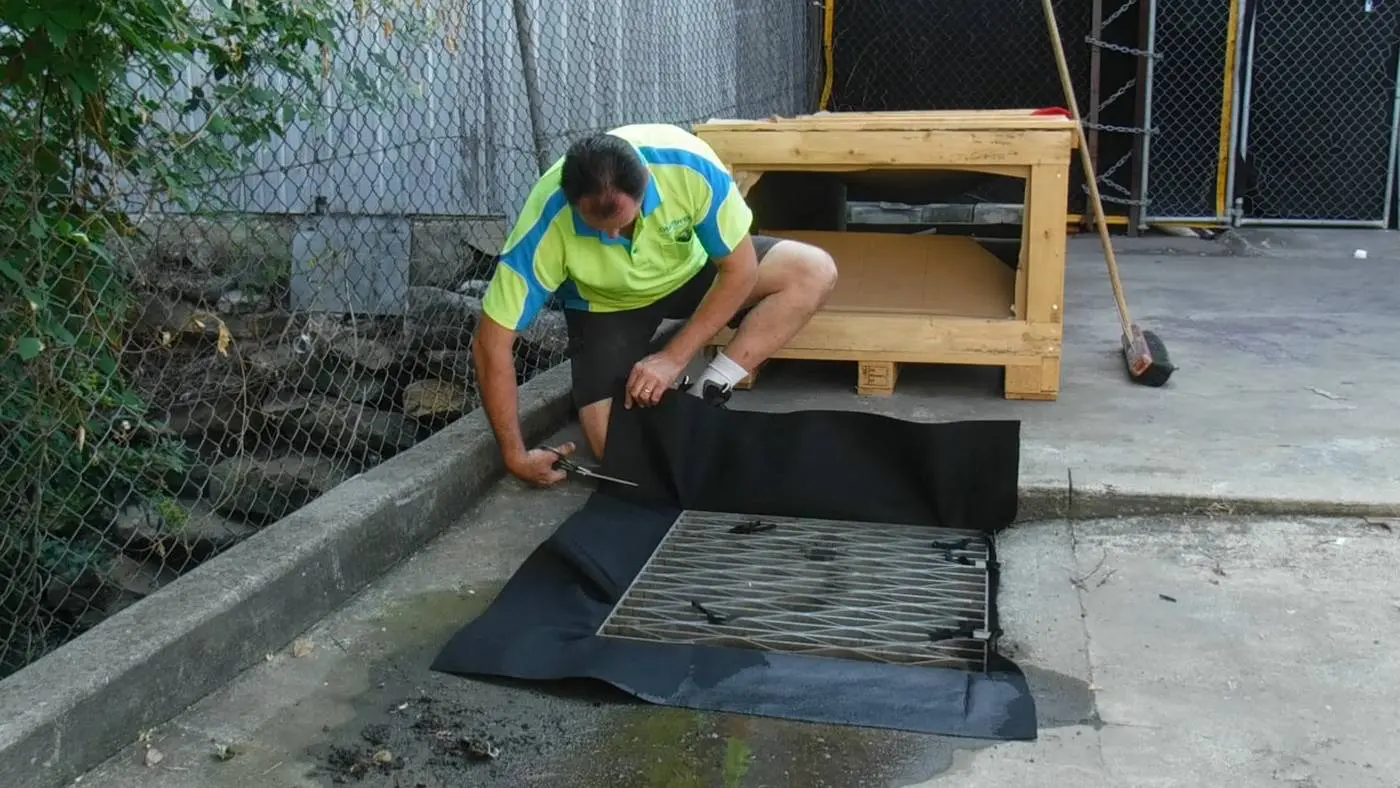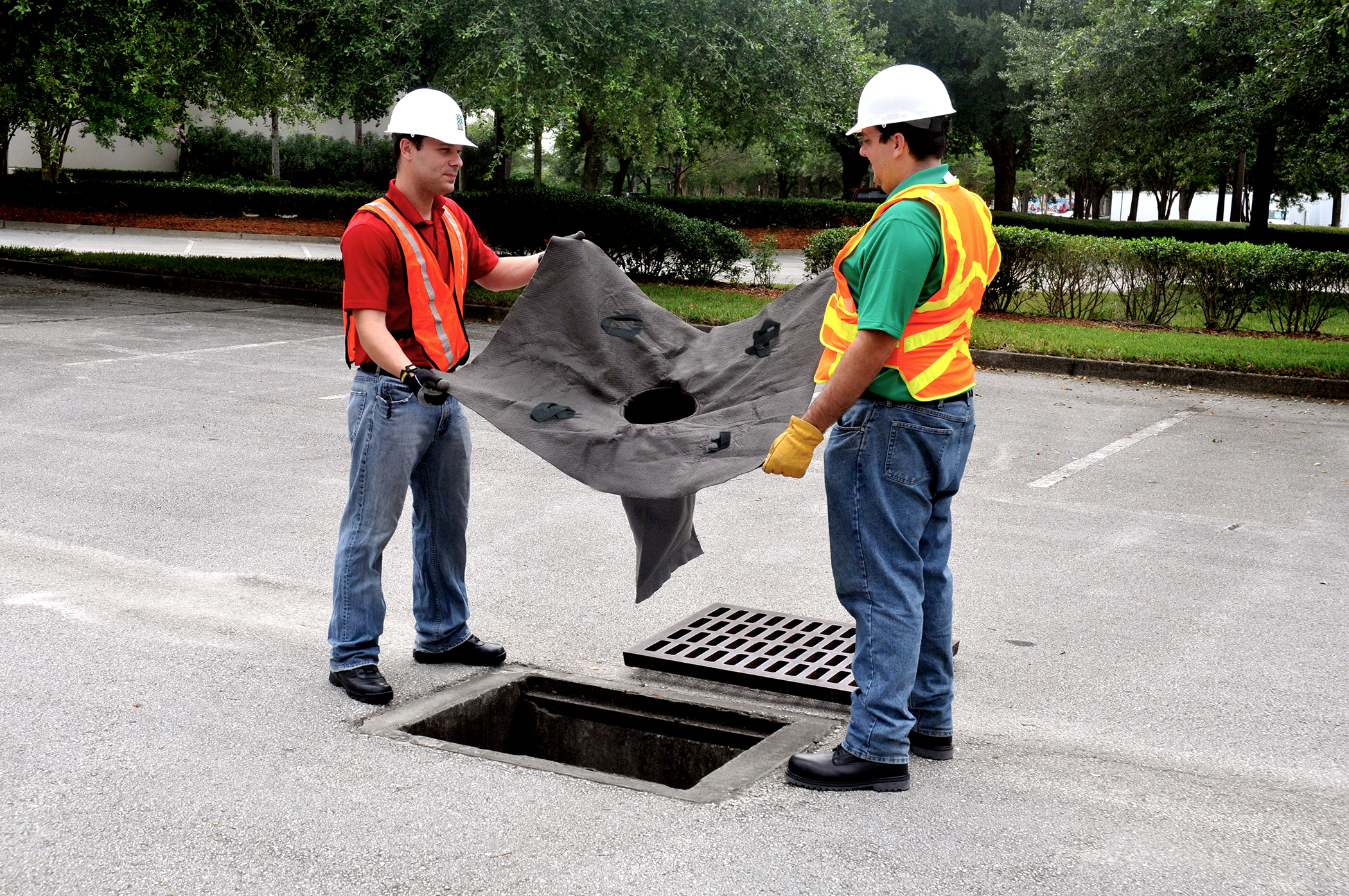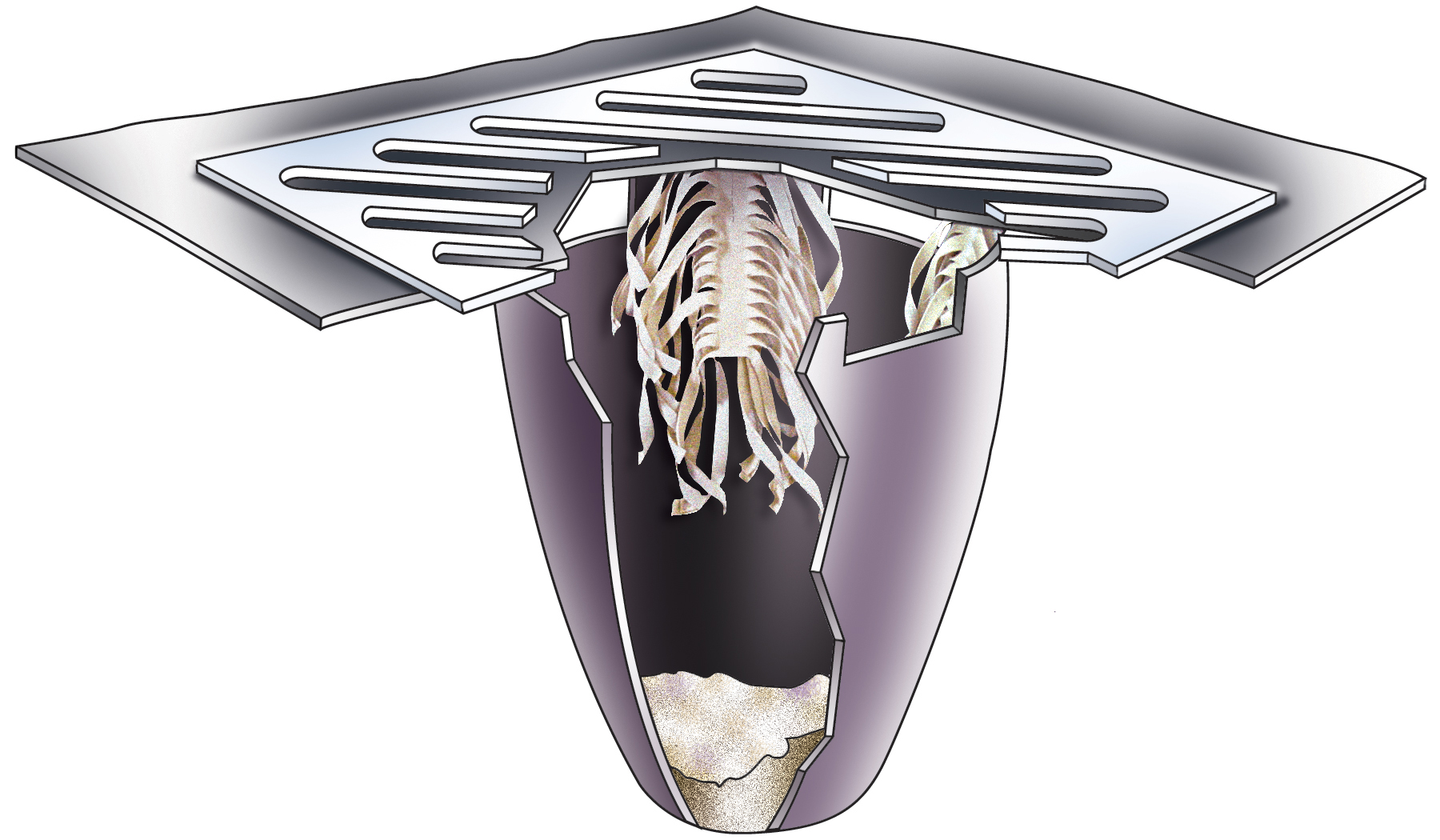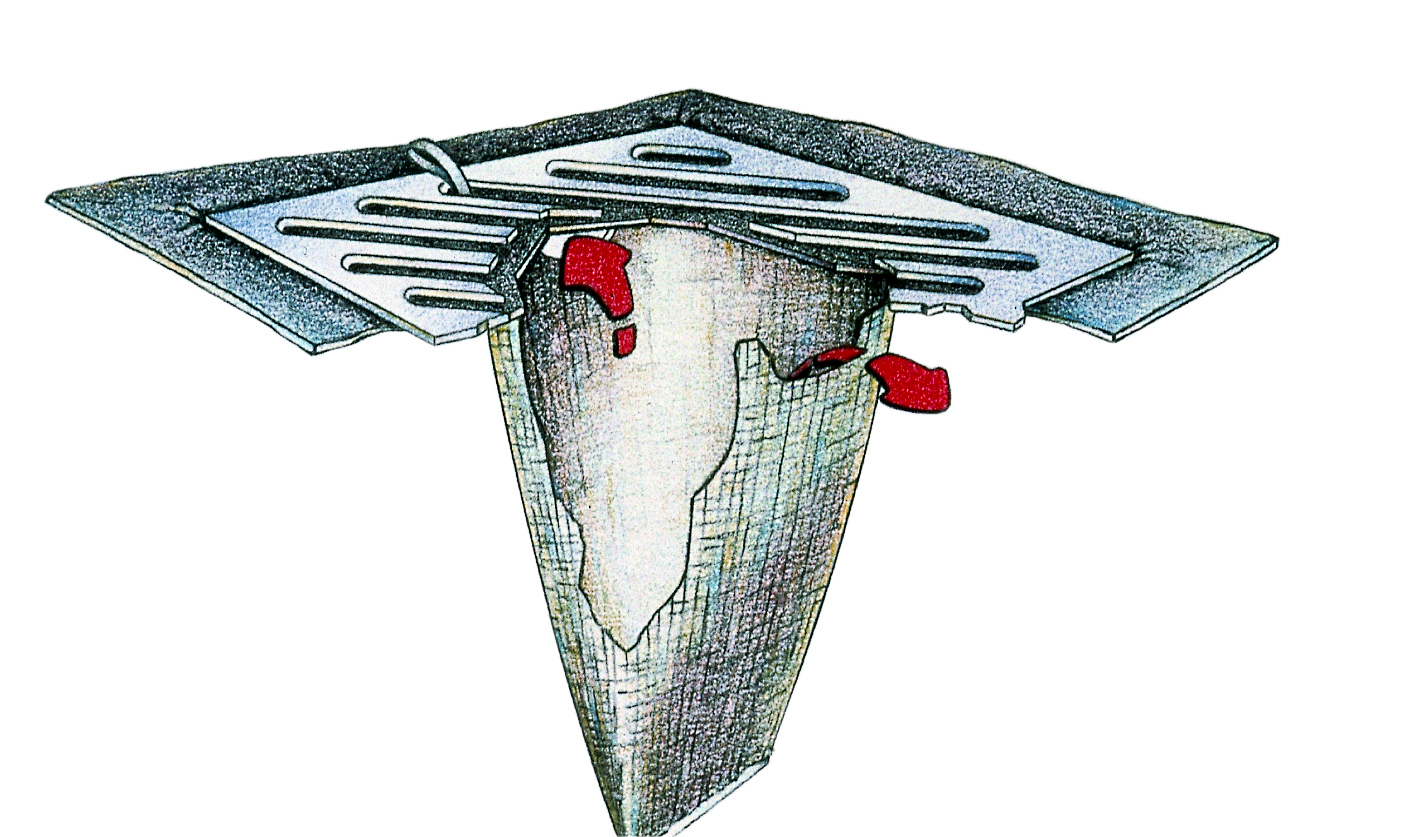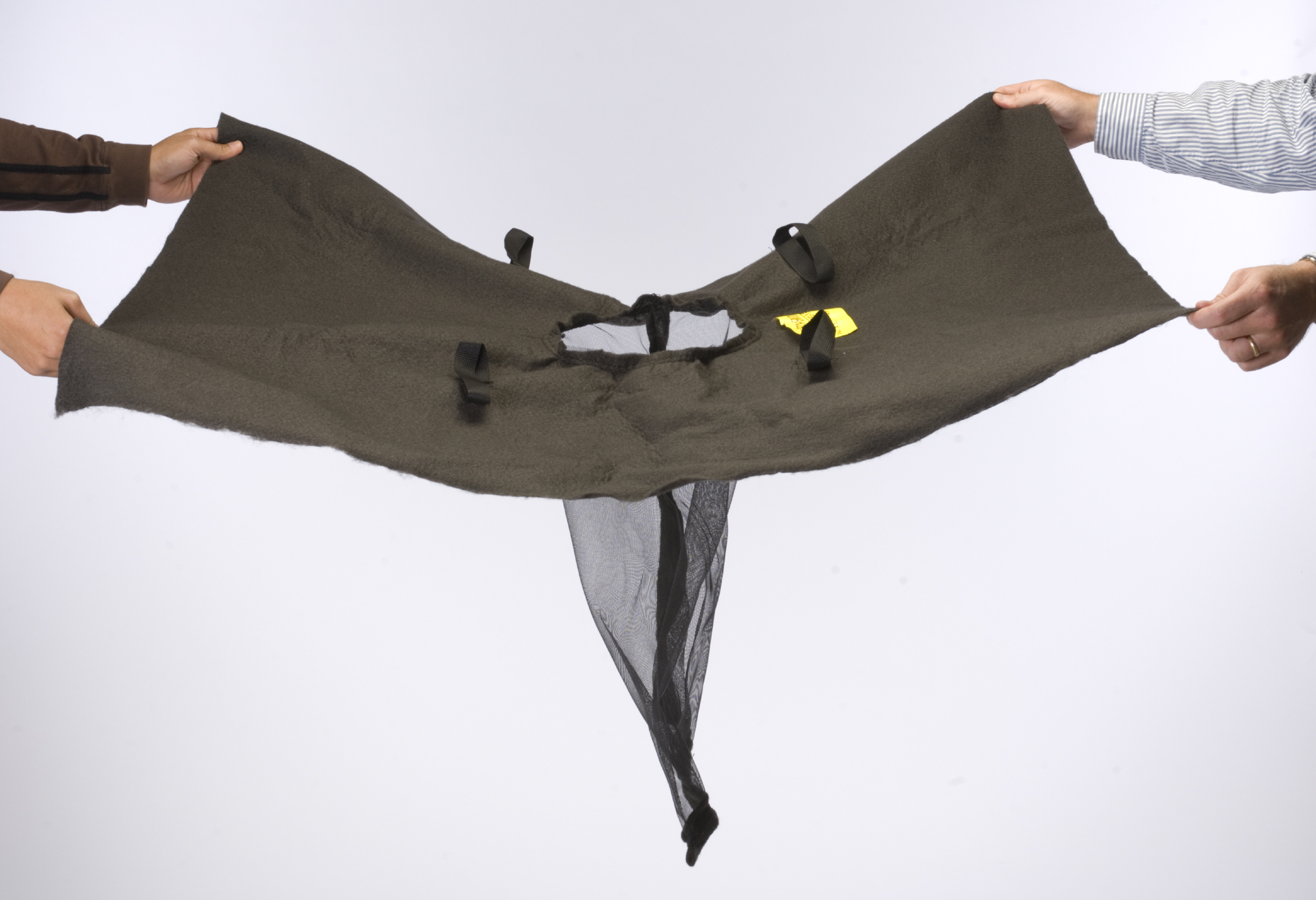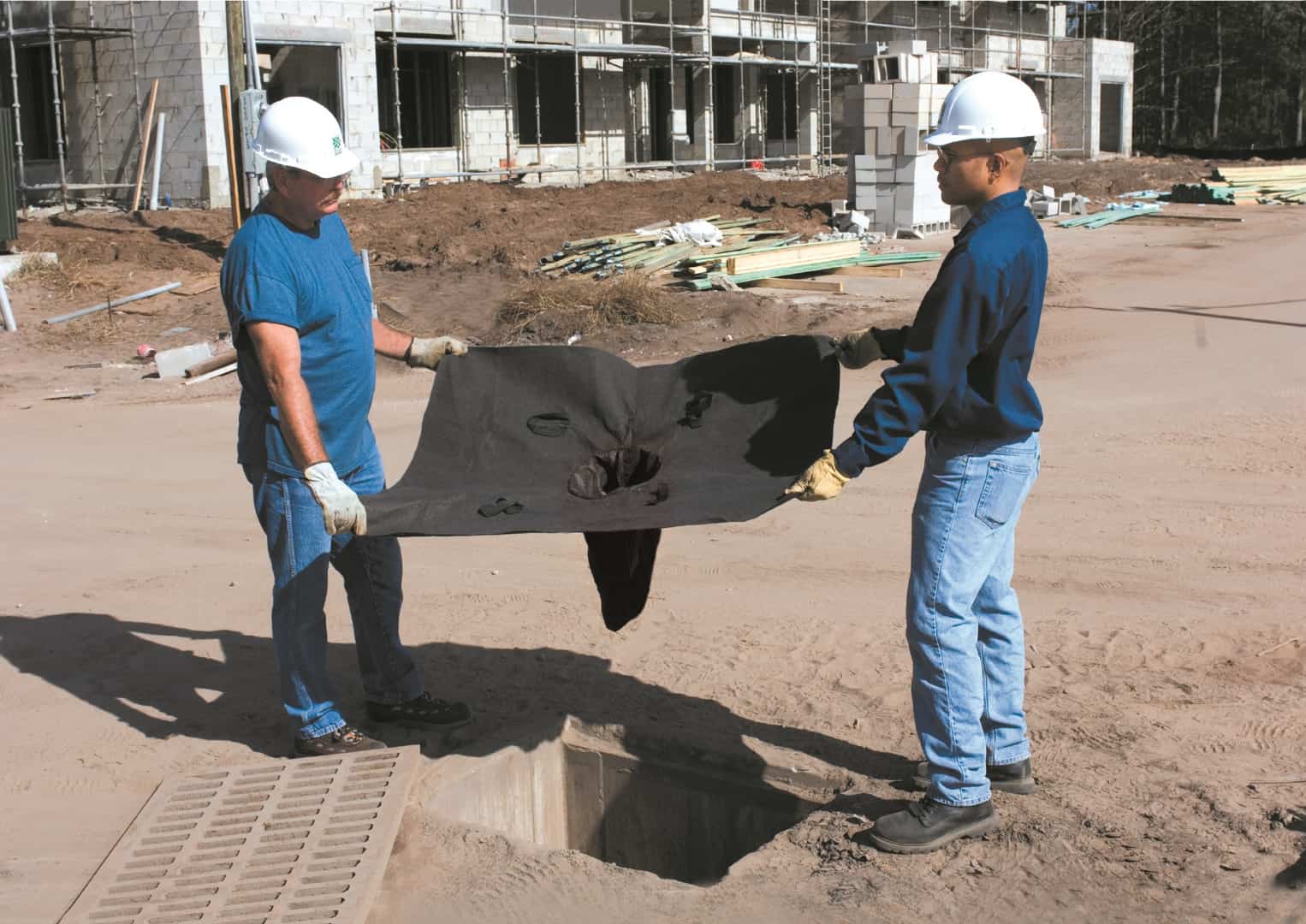Your cart is currently empty!
Description
The Ultra-Drain Guard Oil and Sediment Model is designed to filter stormwater, removing contaminants like litter, sand, and oil. Ideal for industrial sites, construction areas, and parking lots, it helps prevent pollution from entering stormwater systems. Made from durable Ultra-Filter-Tex geotextile fabric, it’s both effective and easy to install.
Key Features
- Efficient Filtration: Captures litter, sand, oil, and other pollutants from stormwater.
- High Capacity: Removes up to 3 litres of hydrocarbons, along with dirt and debris.
- Enhanced Absorption: The Oil & Sediment Plus Model features extra filter strips, increasing hydrocarbon removal to 5 litres.
- Durable Fabric: Constructed with Ultra-Filter-Tex for reliable, long-lasting performance.
- Simple Installation: Lift the grate, position the guard over the opening, and secure it in place.
Common Applications
- Industrial Facilities: Controls runoff and reduces the risk of contamination.
- Construction Sites: Prevents sediment, debris, and oil from polluting stormwater systems.
- Parking Lots: Captures oil, grease, and other pollutants before they reach drains.
Project-specific models
- Oil & Sediment Model – removes up to 3 litres of hydrocarbons as well as dirt, sand, and other contaminants.
- Oil & Sediment Plus Model – the addition of filter strips increases oil and grease absorption by 1.9 litres, offering a total capacity of 5 litres of hydrocarbon removal.
- Trash & Debris Model – designed specifically to catch larger items and floatables like leaves, cigarette butts, and paper goods.
OIL AND SEDIMENT MODELS
| PRODUCT CODE | DESCRIPTION | LENGTH (m) | WIDTH (m) | HEIGHT (mm) | WEIGHT CAPACITY (kg) | CONTAINMENT CAPACITY (L) | WEIGHT (kg) |
| CHU7140 | Oil and Sediment 1 Pack | 1.2 | 1.2 | 450 | 18 | 4 | 7 |
| CHU7141 | Oil and Sediment Plus 1 Pack | 1.2 | 1.2 | 450 | 18 | 6 | 9 |
TRASH AND DEBRIS MODELS
| PRODUCT CODE | DESCRIPTION | LENGTH (m) | WIDTH (m) | HEIGHT (m) | CONTAINMENT CAPACITY (L) |
| CHU9229 | Trash and Debris 10 Pack | 1.2 | 0.9 | 0.4 | 28 |
Video
Downloads
FAQs
How much water can the Ultra-Drain Guard handle?
When new, the Ultra-Drain Guard has a flow rate of 3468 LPM/m2. However, the unit has been designed with overflow ports. These allow the Ultra-Drain Guard a flow rate of 909 litres per minute which will prevent any flooding or ponding during extreme rain events. Any water that goes through the overflow is essentially untreated.
Does this product work with synthetic oils?
The material called needle-punched geotextile can soak up synthetic oils. However, the Ultra-Filter-Tex material cannot soak up synthetics, it’s designed specifically for hydrocarbon absorption only.
How long will an Ultra-Drain Guard last?
The lifespan of an Ultra-Drain Guard after installation depends on several factors, including rainfall intensity and pollutant volume. Inspecting the unit after each significant rain event is recommended to evaluate its performance.
Can the Ultra-Drain Guard be reused?
If the Ultra-Drain Guard is filled with sand, silt, and sediment or has collected debris, it can be removed, emptied, and replaced. However, if it has been saturated with oil, fuel, or other hydrocarbons, it is recommended to dispose of the unit and replace it with a new one. This is because these pollutants can be flushed out during heavy rain events, contaminating the surrounding environment. Replacing the unit is a safer option to avoid potential environmental hazards.
Are Ultra-Drain Guards difficult to install?
Usually, the most difficult part of installing an Ultra-Drain Guard is the handling of the catch basin’s grating. Depending on the area, these grates can be large and heavy and therefore a challenge to lift/move. For that reason, a second set of hands is recommended. The rest of the installation is quick and easy.
What are the straps sewn into the top of the Ultra-Drain Guard used for?
The straps on an Ultra-Drain Guard are used to remove it from the catch basin. Before lifting the grate, the lifting straps sewn into the top of the unit should be fished out and brought up through the drain’s grating. Then, a piece of rebar, steel rod, or a shovel or broom handle can be inserted through each set of straps. This way, when the grating is lifted, the Ultra-Drain Guard will be lifted with it instead of dropping into the catch basin.
Do I have to trim the skirt after I’ve installed the Ultra-Drain Guard?
Leaving excess material after placing the grate is beneficial as it acts as a pre-filter and removes pollutants. It also makes it easier to reinstall Ultra-Drain Guard in the future. However, if trimming is desired, it can be easily done with heavy-duty scissors or a utility knife.
